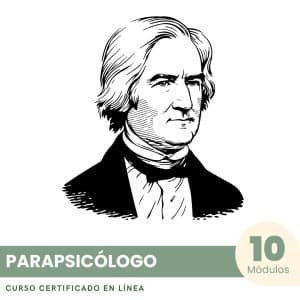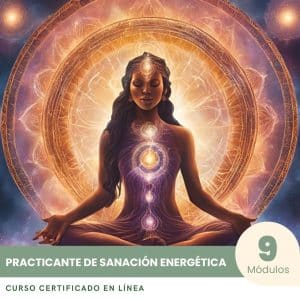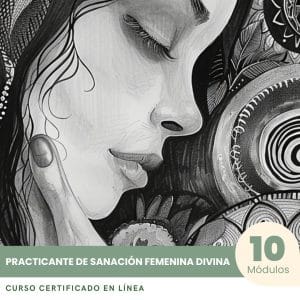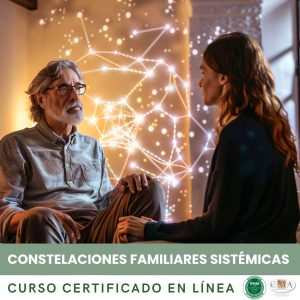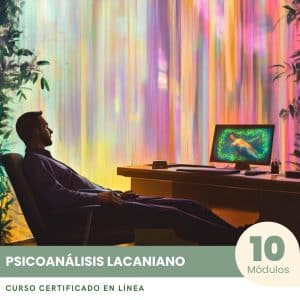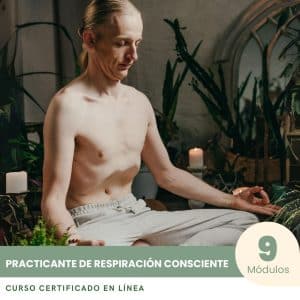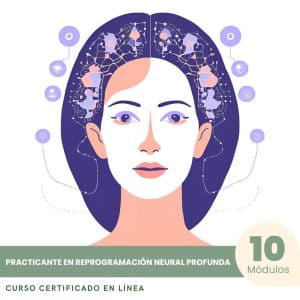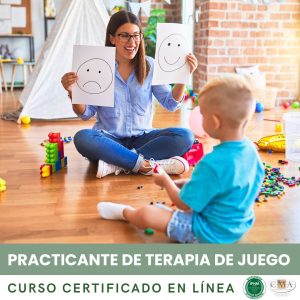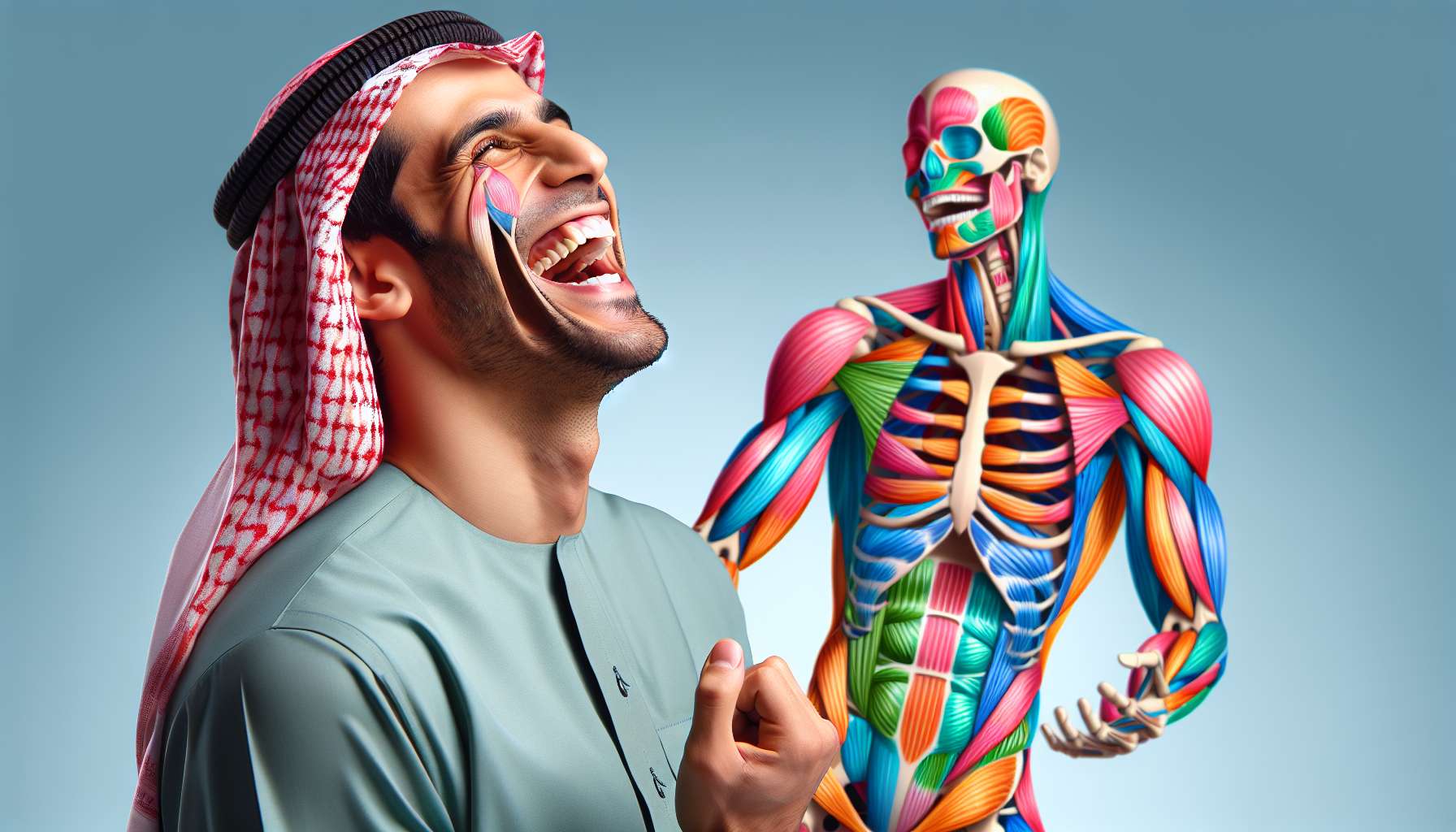
Laughter is a real workout for our muscular and skeletal system. When we laugh, more than 80 muscles are involved throughout the body, from the face to the legs, including the stomach and back. It is a gentle and playful gymnastics session that tones our figure from head to toe.
The muscles most used when laughing are those of the face, especially the zygomatics and the orbiculars of the eyes. These muscles are responsible for the smile and the twinkling eyes that light up our face when we laugh. Regular laughter helps strengthen these muscles, thus reducing expression lines and giving our face a younger and brighter appearance. It’s a natural face-lift without a scalpel!
But laughter doesn’t only work the muscles of the face. It intensely exercises the abdominal muscles, the rectus abdominis, the obliques, and the transverse. During a fit of laughter, these muscles contract jerkily, like during an intensive planking session. Regular laughter strengthens the abdominal belt, thereby improving posture, trunk stability, and digestion. It’s a fun way to sculpt your abs!
Laughter also works the respiratory muscles, like the diaphragm and the intercostal muscles. When we laugh, our breathing speeds up and becomes deeper, making the diaphragm rise and fall like a piston. This laugh-induced breathing exercise helps to soften and strengthen the respiratory muscles, thus enhancing lung capacity and body oxygenation. Laughing is like breathing health with full lungs!
But the muscular benefits of laughter don’t stop there. Laughter also involves the back muscles, especially the erectors of the spine and the trapezius. When we laugh, our spine stretches and straightens, thus fighting against vertebral compression and back pain. Regular laughter maintains good back mobility and prevents posture problems related to sedentary life and stress. It’s a fun way to keep a strong and flexible back!
Laughter also has a positive impact on our bone mass. When we laugh, the vibrations produced by laughter spread throughout the skeleton, thus stimulating the osteoblasts, the cells responsible for bone formation. Studies have shown that regular laughter increases bone mineral density, especially in the spine and hips. It’s excellent prevention against osteoporosis, particularly in postmenopausal women.
But laughter not only strengthens our bones, but it also protects them from fractures. Laughter improves balance, coordination, and reflexes, thus reducing the risk of falls and trauma. One study showed that elderly people who took part in laughter yoga sessions had better postural stability and a 30% reduced fall risk compared to those who did not laugh. Laughter is like full coverage insurance for our bones!
Finally, laughter has a natural analgesic effect that can relieve muscular and joint pains. When we laugh, our brain releases endorphins, the body’s natural morphines, which act as powerful painkillers. Laughter diverts attention from pain and releases muscular tension, thus providing immediate relief. It’s a joyful way of managing everyday aches and pains!
Integrating more laughter into our daily life is therefore a wonderful way to take care of our muscular and skeletal system. Whether by practicing laughter yoga exercises, watching comedies, or sharing joyful moments with our loved ones, each burst of laughter is a gentle and playful gym session for our body. So, let’s not hesitate to laugh heartily, because it’s the best personal trainer for our musculoskeletal health!
Key takeaways:
-Laughter engages more than 80 muscles throughout the body, from the face to the legs, including the stomach and back. It’s a gentle and playful workout that tones the figure.
-The facial muscles, especially the zygomatics and the orbiculars of the eyes, are strengthened by laughter, reducing expression lines and giving a younger, radiant look.
-The abdominal muscles (rectus abdominis, obliques and transverse) are intensely solicited during a fit of laughter, strengthening the abdominal belt, improving posture, trunk stability and digestion.
-Laughter works the respiratory muscles (diaphragm and intercostals), enhancing lung capacity and body oxygenation.
-The back muscles (erectors of the spine and trapezius) are engaged during laughter, ensuring good back mobility and preventing posture problems.
-Laughter stimulates osteoblasts, increasing bone mineral density and preventing osteoporosis.
-Laughter improves balance, coordination and reflexes, reducing the risk of falls and fractures.
-Laughter has a natural analgesic effect through the release of endorphins, relieving muscular and joint pain.
👉 To download docx (Editable) file click here : Click here
👉 To download PDF file click here : Click here
👉 To download MP3 file click here : Click here





